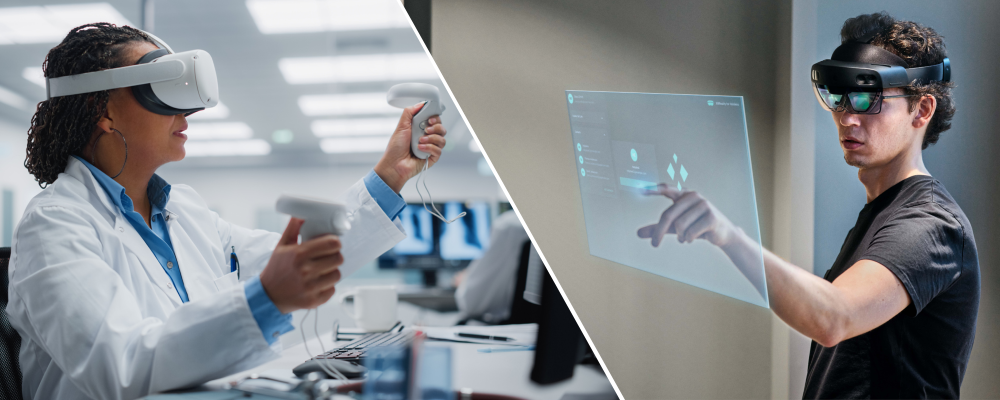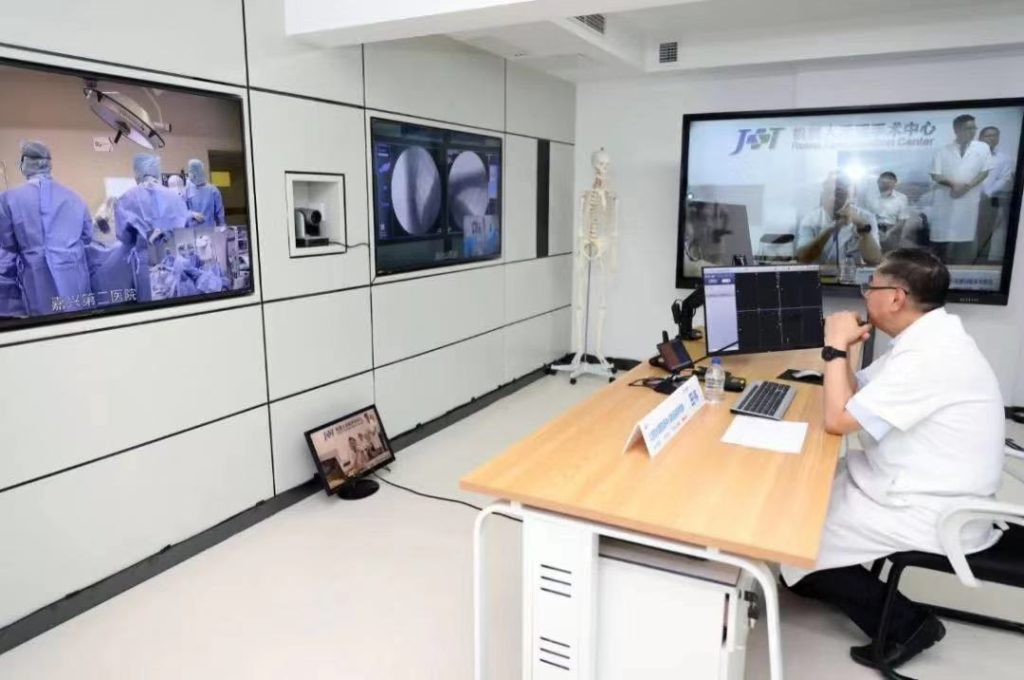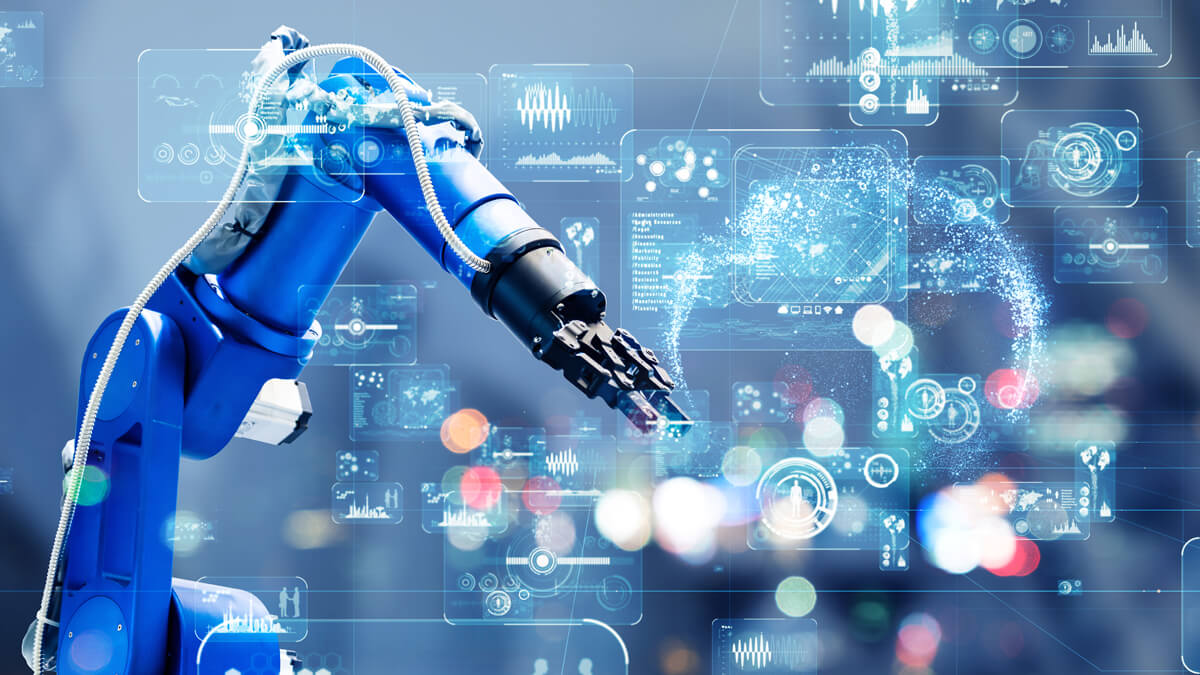5G Technology: The Future of Wireless
5G is the fifth generation of cellular network technology, and it is set to revolutionize the way we live and work. 5G promises much faster speeds, lower latency, and greater capacity than previous generations of cellular networks. This will enable new applications and services that were not possible before, such as:
- Ultra-high-definition (UHD) streaming: With 5G, you will be able to stream UHD movies and TV shows without buffering or lag.

- Virtual reality (VR) and augmented reality (AR): 5G will provide the bandwidth and low latency needed for immersive VR and AR experiences.

- Self-driving cars: 5G will be essential for the safe operation of self-driving cars, as it will provide the high-speed, low-latency communication needed for cars to communicate with each other and with the infrastructure around them.

- Remote surgery: 5G will enable surgeons to perform remote surgery on patients in real time.

- Industrial automation: 5G will connect machines and devices in factories, enabling them to communicate and collaborate with each other without human intervention.
These are just a few of the many potential applications of 5G technology. As 5G networks continue to roll out, we can expect to see even more innovative and groundbreaking applications in the years to come.
How does 5G work?
5G uses a number of new technologies to achieve its much faster speeds and lower latency. These technologies include:
- Massive MIMO: This technology uses multiple antennas to transmit and receive data simultaneously, which can significantly improve network capacity.
- Carrier aggregation: This technology allows 5G networks to use multiple frequency bands simultaneously, which can also improve network capacity.
- ** millimeter wave (mmWave):** This technology uses radio waves with very short wavelengths, which can be used to transmit data at very high speeds.
5G advantages
5G offers a number of advantages over previous generations of cellular networks, including:
- Faster speeds: 5G can theoretically achieve speeds of up to 20 Gbps, which is much faster than the 1 Gbps maximum speed of 4G LTE.
- Lower latency: 5G has a latency of around 1 millisecond, which is much lower than the 50 milliseconds latency of 4G LTE. This means that 5G will be more responsive for applications that require real-time communication, such as online gaming and video conferencing.
- Greater capacity: 5G networks can support a much larger number of devices than 4G LTE networks. This is because 5G uses a number of new technologies to improve network capacity, such as massive MIMO and carrier aggregation.
5G disadvantages
5G also has a few disadvantages, including:
- Range: 5G signals do not travel as far as 4G LTE signals. This is because mmWave, which is one of the technologies used by 5G, does not penetrate walls and other obstacles as well as the radio waves used by 4G LTE.
- Cost: 5G networks are more expensive to build and deploy than 4G LTE networks. This is because 5G networks use a number of new technologies that are not yet widely available.
- Health concerns: There have been concerns that 5G radiation could be harmful to human health. However, there is no scientific evidence to support these concerns.
The future of 5G
- Increased productivity: 5G can help businesses to be more productive by enabling faster and more reliable communication between employees and customers.
- Improved decision-making: 5G can help businesses to make better decisions by providing access to real-time data.
- New business opportunities: 5G can enable new business opportunities, such as the development of new IoT applications and the use of 5G for remote surgery.
Overall, 5G is a major technological advancement that has the potential to revolutionize the way we live and work. It is clear that 5G is the future of wireless technology, and it is only a matter of time before it becomes the standard for cellular networks around the world.
Here are some specific examples of how 5G is being used today and how it could be used in the future:
- Smart cities: 5G is being used to connect smart devices in cities, such as traffic lights, streetlights, and parking meters. This allows cities to be more efficient and sustainable. For example, 5G can be used to control traffic lights in real time to optimize traffic flow.
- Internet of Things (IoT): 5G will enable the widespread deployment of IoT devices. This will connect billions of devices to the internet, which will have a major impact on a wide range of industries, such as manufacturing, healthcare, and transportation. For example, 5G can be used to monitor the health of patients in real time using IoT devices.
- Virtual and augmented reality (VR/AR): 5G will provide the bandwidth and low latency needed for immersive VR and AR experiences. This will have a major impact on the gaming, entertainment, and education industries. For example, 5G can be used to create realistic VR experiences that can be used for training or education.
- Remote surgery: 5G will make remote surgery a reality. This will allow surgeons to perform surgery on patients in remote locations without having to be physically present. For example, 5G can be used to transmit live video and data between a surgeon in a hospital and a patient in a rural area.
These are just a few examples of the many potential applications of 5G technology. As 5G networks continue to roll out, we can expect to see even more innovative and groundbreaking applications in the years to come.





























